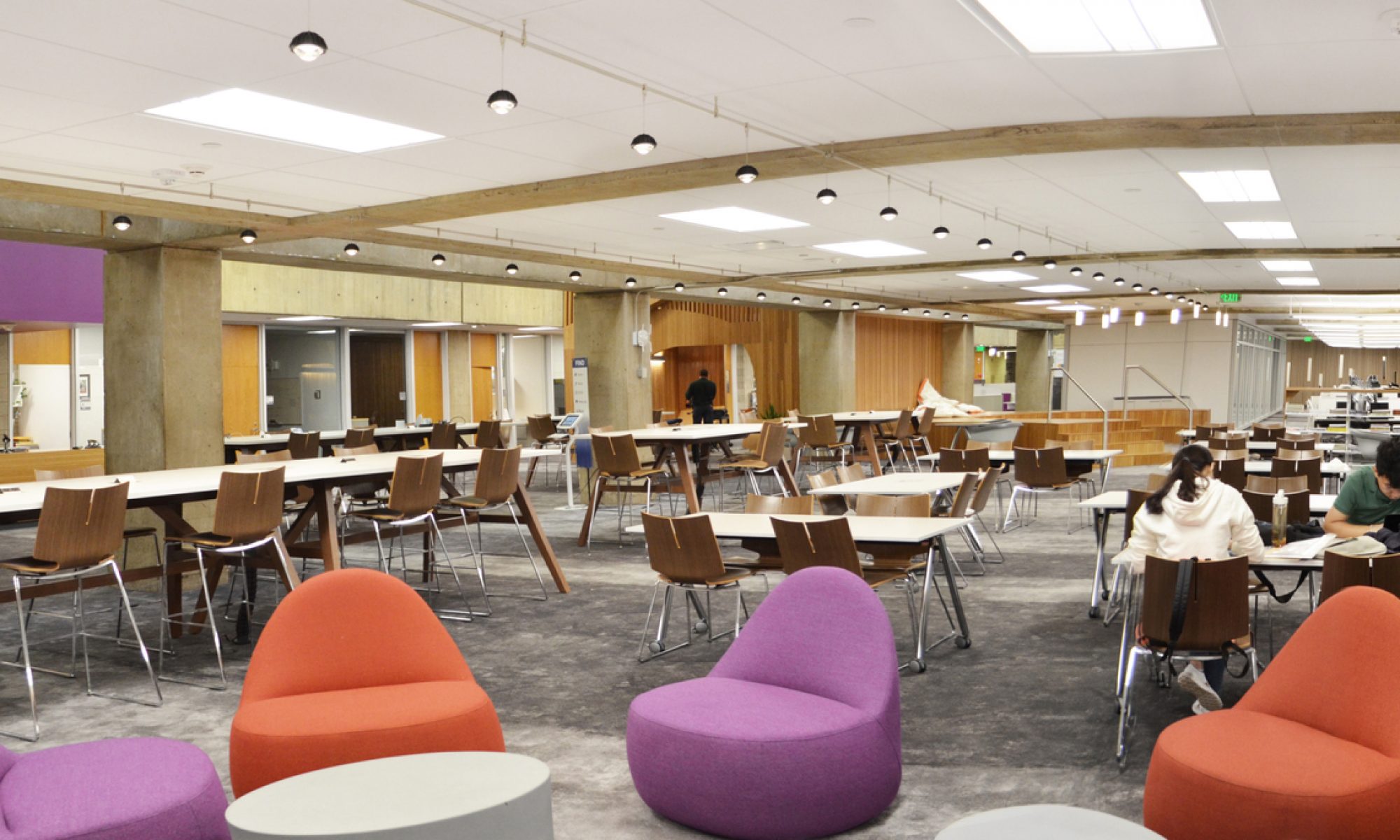Going into this week, the largest risk for our project was the capacitive sensor and getting it to work to detect occupancy in a chair. Without a functional sensor our entire system becomes worthless. We worked outside of class time this week to configure the hardware for the capacitive sensor to see if our current plan of utilizing the Arduino Capacitive Sensor library was viable or not.
For the capacitive sensor we developed a working proof-of-concept! We put a piece of aluminum foil underneath a chair with a wire attached from the foil to a digital pin on the Arduino. We also used three 10MΩ resistors to form a 30MΩ resistance between the receive pin and send pin that the library utilizes. We were able to sense a large change in capacitance using the library when someone sat in the chair and then stood up. We will work to refine the sensing and add some hysteresis for the sensor to be more robust in the future. A video of this proof of concept can be seen on slack here:
https://18500f21.slack.com/files/U02B5N4M0AH/F02KFNDMF9Q/image_from_ios.mov
Our other risk factor going forwards is the Xbee communication. We are fairly certain we can get Xbee to work between the Arduino Pro Mini and the Raspberry Pi, but this is a vital part of our project and if something goes wrong we will need to do a large pivot to get communication working. Zigbee is the route we want to go, if the Xbee’s we bought lead to issues we could consider other modules that support Zigbee communication.
The only design change we made this week was the battery we will need to use. After talking to Joel we think we will order a high capacity LiPo battery which should be better for our needs than using 6 AA batteries. We still need to order a battery and test it out, which we will focus more on once we get the Zigbee communication working.
No major changes were made to our schedule, we are on track now especially after getting the capacitive sensor to work.
